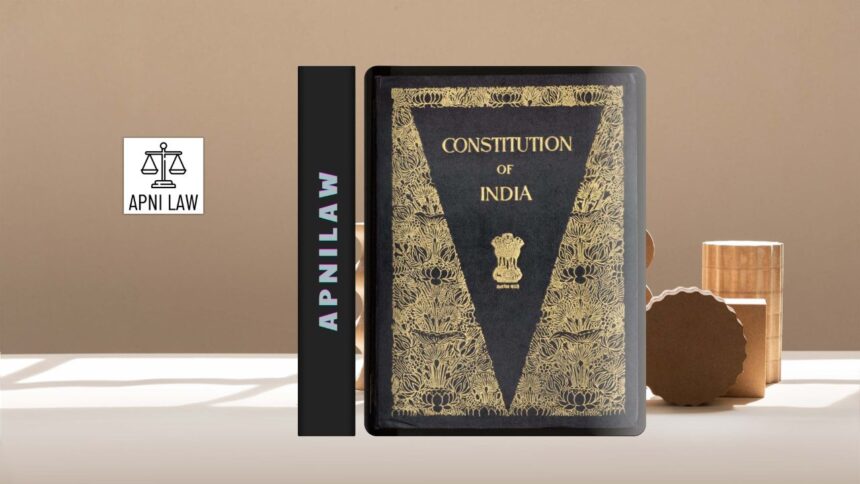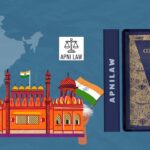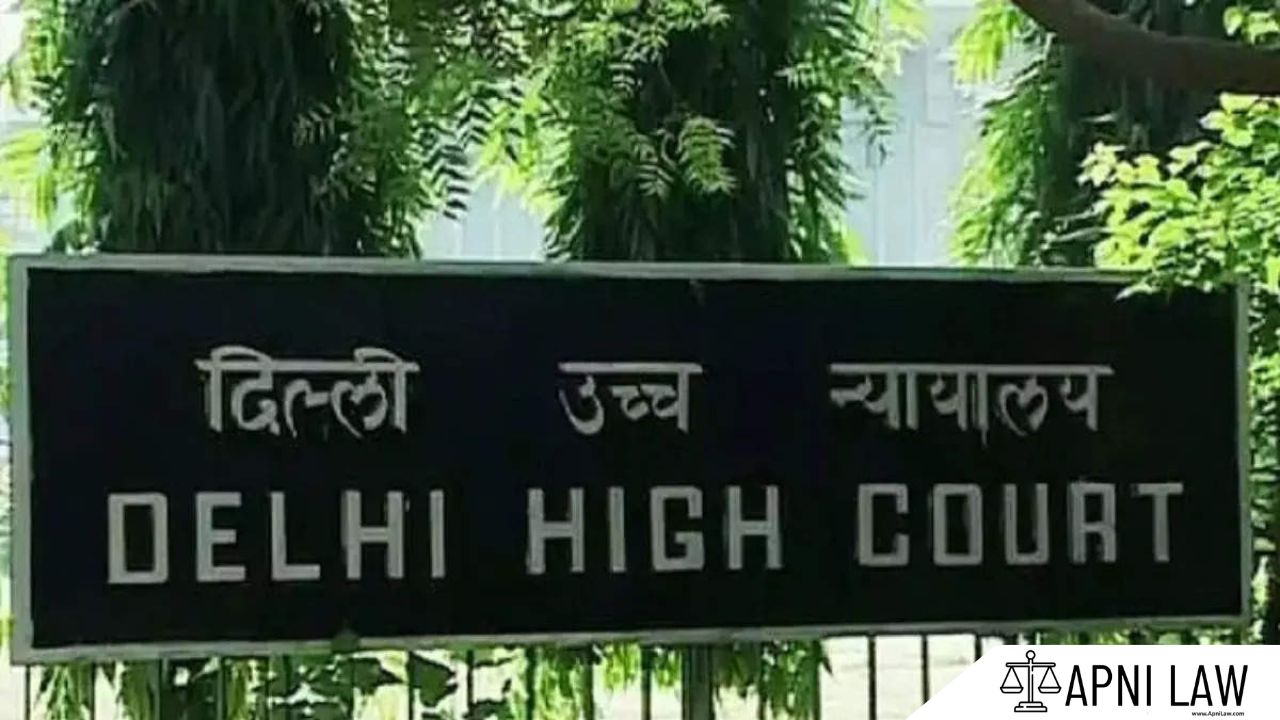Introduction
Article 108 of the Indian Constitution creates a special mechanism to resolve legislative deadlocks between the Lok Sabha and the Rajya Sabha. It ensures that when both Houses cannot agree on an ordinary Bill, the Parliament can still move forward using a combined session called a joint sitting. This procedure plays a major role in maintaining legislative efficiency and preventing political stalemate. The joint sitting acts as a democratic tool that respects bicameralism while preventing indefinite delays in lawmaking. It does not apply to Money Bills or Constitutional Amendment Bills. Instead, it is reserved for ordinary Bills that face repeated disagreements or delays. A joint sitting takes place only when specific constitutional conditions are met, and once held, its outcome becomes binding on both Houses.
What Is the Purpose of a Joint Sitting Under Article 108?
A joint sitting under Article 108 aims to break a deadlock that occurs between the two Houses on an ordinary Bill. When the Lok Sabha and Rajya Sabha fail to agree, the constitutional process ensures that the Bill does not get stuck. The joint sitting allows members from both Houses to gather and vote on the Bill together. The intention is not to undermine either House but to create a democratic platform where the collective opinion of the entire Parliament prevails. This ensures smooth functioning of the legislative process even in politically tense situations. It also reflects the principle that elected representatives must find a way to resolve disagreements without blocking governance.
When Can the Parliament Convene a Joint Sitting?
A joint sitting can be convened only under specific constitutional triggers. The first situation arises when one House passes a Bill, and the other House rejects it completely. This outright rejection creates a formal deadlock and opens the door for Article 108 to operate. The second situation occurs when the two Houses pass the same Bill but cannot agree on the amendments proposed. If this disagreement continues without resolution, a deadlock forms. The third situation happens when one House passes the Bill and sends it to the other House, but the other House fails to act on it within six months. This inaction is treated as a constitutional delay, allowing the President to summon a joint sitting. These three conditions ensure that a joint sitting is used only when absolutely necessary and not as an everyday legislative tool.
Why Are Money Bills and Constitutional Amendments Not Included?
Money Bills fall under Article 109, which gives the Lok Sabha primary control over financial legislation. The Rajya Sabha can only suggest recommendations on Money Bills and cannot block their passage. Therefore, a deadlock cannot arise on a Money Bill, and a joint sitting is unnecessary. Similarly, Constitutional Amendments fall under Article 368. They require a special majority in both Houses separately. Since the Constitution demands approval by both Houses independently, a joint sitting cannot replace this requirement. The framers of the Constitution designed these exceptions to preserve financial accountability and constitutional stability. That is why Article 108 applies only to ordinary Bills.
Who Has the Authority to Summon the Joint Sitting?
The President of India holds the constitutional authority to summon a joint sitting. The President acts on the advice of the Council of Ministers, usually headed by the Prime Minister. Once the President issues the summons, members of both the Lok Sabha and Rajya Sabha are required to attend. The summoning power ensures a neutral constitutional role, preventing either House from unilaterally calling a joint sitting. The President’s involvement also reflects that the session is an exceptional event meant to resolve a large-scale parliamentary disagreement.
Who Presides Over the Joint Sitting and Why?
The Speaker of the Lok Sabha presides over the joint sitting. If the Speaker is unavailable, the Deputy Speaker takes charge. If neither of them is present, the Deputy Chairman of the Rajya Sabha presides. The Chairman of the Rajya Sabha, who is the Vice President of India, does not preside over a joint sitting. This arrangement gives the Lok Sabha procedural control because it represents the directly elected House. The presiding officer manages the debate, maintains order, ensures fairness, and allows voting. The presiding authority also decides which amendments will be admitted during the sitting, giving them significant procedural influence.
What Amendments Can Be Discussed in a Joint Sitting?
Only certain amendments can be taken up at a joint sitting. The presiding officer has the final power to decide which amendments are admissible. Generally, amendments must relate to the issues that created the original deadlock. They may also address delays or differences between the Houses. Amendments unrelated to the dispute are usually not allowed. The presiding officer ensures the discussion remains focused and that the Bill does not undergo unrelated changes. This narrow scope keeps the joint sitting efficient and prevents misuse of the process.
How Does the Voting Process Work in a Joint Sitting?
In a joint sitting, members of both Houses vote together as a single body. Each member has one vote, and the Bill is passed if it receives a simple majority of members present and voting. Because the Lok Sabha has a larger membership than the Rajya Sabha, the combined vote often favors the Lok Sabha’s position. If a tie occurs, the presiding officer has a casting vote. This combined voting method ensures democratic resolution based on the majority principle. Once passed in the joint sitting, the Bill is treated as passed by both Houses.
What Happens After the Bill Passes in a Joint Sitting?
After the Bill passes in a joint sitting, it undergoes the usual constitutional steps. The Bill is sent to the President for assent. Once the President gives assent, the Bill becomes law. If the Bill does not secure a majority in the joint sitting, the Bill fails entirely. There is no further appeal or repeat joint sitting. This finality ensures that the process remains decisive and prevents repeated disputes.
Does the Dissolution of Lok Sabha Affect the Joint Sitting?
The dissolution of the Lok Sabha does not affect a joint sitting once the President has summoned it. Even if the Lok Sabha dissolves after the summons, the joint sitting can still take place. The decision taken in that sitting remains valid and counts as approval of both Houses. This rule ensures that political transitions, elections, or dissolution do not block important legislative processes. It maintains continuity of parliamentary authority during changing political circumstances.
How Do Students and Practitioners Assess Whether Article 108 Applies?
Students and legal practitioners must evaluate whether the Bill is an ordinary Bill, because Article 108 never applies to Money Bills or Constitutional Amendments. Then they must determine whether one of the three constitutional triggers is present. If the Bill faced outright rejection, unresolved disagreement on amendments, or inaction for more than six months, Article 108 becomes applicable. Understanding this assessment helps in interpreting parliamentary strategy and legislative outcomes.
Why Do Governments Sometimes Use Joint Sittings Strategically?
Governments may use joint sittings as a strategy when a Bill has enough support in the Lok Sabha but faces resistance in the Rajya Sabha. Since the Lok Sabha has more members, a joint sitting usually benefits the ruling party if it has a strong majority in the Lower House. This strategy is used when the government wants to push through critical or politically sensitive legislation. However, it depends on the actual numbers in both Houses and the political negotiations involved.
For any specific query call at +91 – 8569843472
Conclusion
Article 108 plays a vital role in maintaining balance between democratic debate and legislative efficiency. It protects the authority of both Houses while ensuring that important Bills cannot remain stuck indefinitely. By enabling a joint sitting, the Constitution offers a practical and democratic way to resolve disagreements. This mechanism strengthens the functioning of Parliament, supports stable governance, and upholds the principle that legislation must move forward even in times of political conflict. Article 108 therefore stands as a key tool for resolving legislative deadlocks and preserving the effectiveness of India’s parliamentary democracy.








